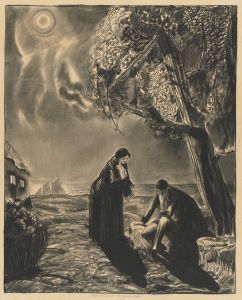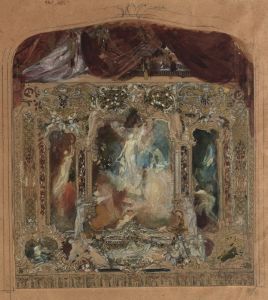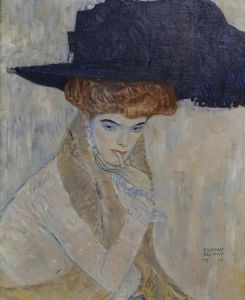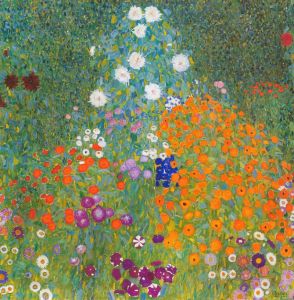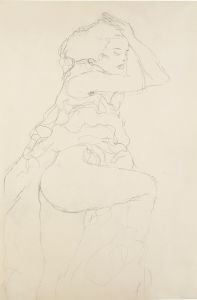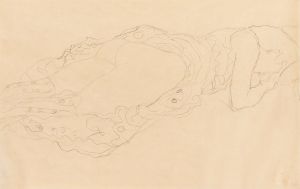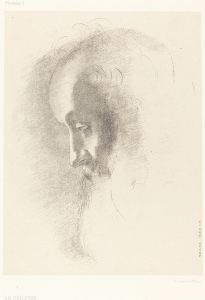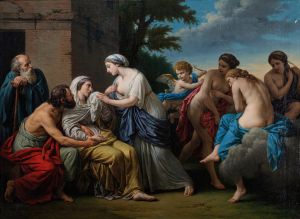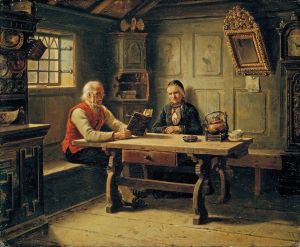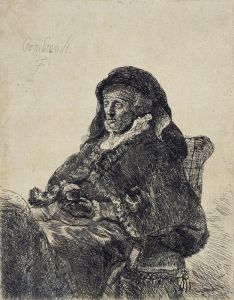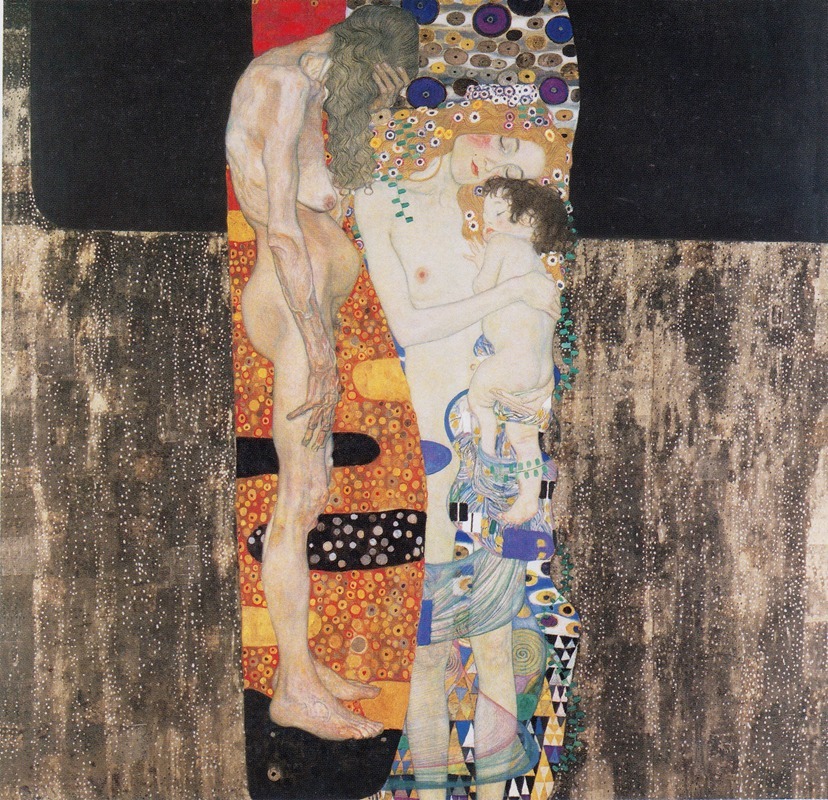
The Three Ages of the Woman
A hand-painted replica of Gustav Klimt’s masterpiece The Three Ages of the Woman, meticulously crafted by professional artists to capture the true essence of the original. Each piece is created with museum-quality canvas and rare mineral pigments, carefully painted by experienced artists with delicate brushstrokes and rich, layered colors to perfectly recreate the texture of the original artwork. Unlike machine-printed reproductions, this hand-painted version brings the painting to life, infused with the artist’s emotions and skill in every stroke. Whether for personal collection or home decoration, it instantly elevates the artistic atmosphere of any space.
The Three Ages of Woman is an oil painting created by Austrian Symbolist painter Gustav Klimt in 1905. The artwork is considered one of Klimt's significant contributions to the Symbolist movement and reflects his fascination with themes of life, death, and the passage of time. The painting is currently housed in the Galleria Nazionale d'Arte Moderna in Rome, Italy.
The composition of the painting depicts three female figures, each representing a different stage of life: childhood, adulthood, and old age. The central figure is a young woman, symbolizing adulthood and motherhood, who holds a small child in her arms. The child, representing infancy, is depicted with a peaceful expression, nestled against the woman. To the right of the central figures stands an elderly woman, symbolizing old age. Her body is bent, and her face shows the marks of time, emphasizing the inevitability of aging.
Klimt's use of color and texture in The Three Ages of Woman is characteristic of his style. The painting features a rich palette of golds, blues, and earthy tones, with intricate patterns and decorative elements that echo his earlier works, such as The Kiss. The background is abstract, with a blend of soft, muted colors that create a dreamlike atmosphere, allowing the figures to stand out prominently.
The painting is often interpreted as a meditation on the cycle of life and the transient nature of human existence. Klimt's portrayal of the three stages of life is both intimate and universal, capturing the beauty and fragility of each phase. The work also reflects the influence of Symbolism, a movement that sought to convey deeper emotional and philosophical meanings through art.
The Three Ages of Woman was well-received during Klimt's lifetime and remains one of his celebrated masterpieces. It exemplifies his ability to merge decorative elements with profound themes, creating a work that resonates with viewers on multiple levels. The painting continues to be studied and admired for its artistic and thematic depth.





